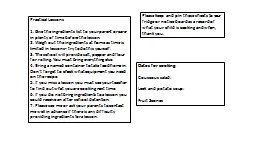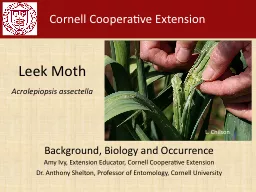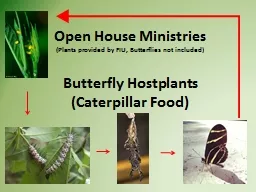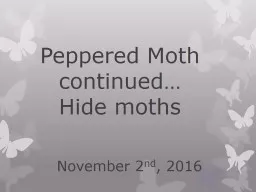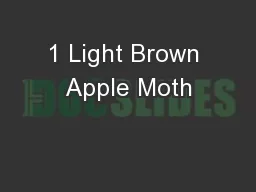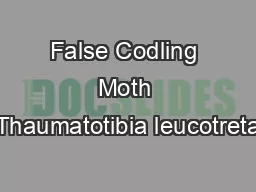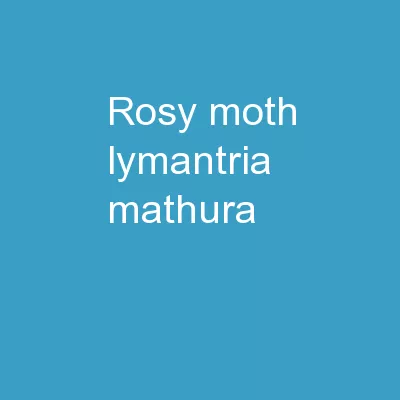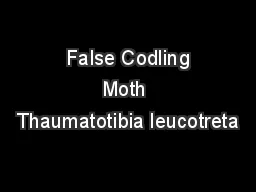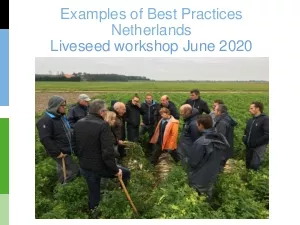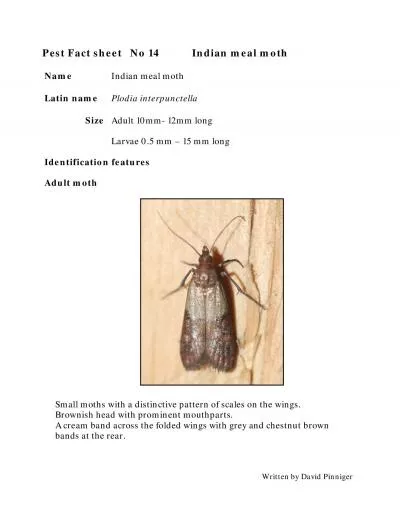PPT-Leek Moth Acrolepiopsis
Author : ChubbyBunny | Published Date : 2022-08-03
assectella Background Biology and Occurrence Amy Ivy Extension Educator Cornell Cooperative Extension Dr Anthony Shelton Professor of Entomology Cornell University
Presentation Embed Code
Download Presentation
Download Presentation The PPT/PDF document "Leek Moth Acrolepiopsis" is the property of its rightful owner. Permission is granted to download and print the materials on this website for personal, non-commercial use only, and to display it on your personal computer provided you do not modify the materials and that you retain all copyright notices contained in the materials. By downloading content from our website, you accept the terms of this agreement.
Leek Moth Acrolepiopsis: Transcript
Download Rules Of Document
"Leek Moth Acrolepiopsis"The content belongs to its owner. You may download and print it for personal use, without modification, and keep all copyright notices. By downloading, you agree to these terms.
Related Documents


